Sanjib Kumar Agarwalla was recently awarded the 2021-2022 Rajib Goyal Prize in Physical Sciences, which “honors Indian scientists who have made a mark in basic and applied sciences research.” The Goyal Prizes were instituted by the late philanthropist Ram S. Goyal to honor Indian scientists and social activists working towards the service of India. Agarwalla [...]
Read the full article at: https://wipac.wisc.edu/sanjib-kumar-agarwalla-receives-prestigious-2021-2022-rajib-goyal-prize/Month: March 2024
Mark Saffman featured in Quanta article “The Best Qubits for Quantum Computing Might Just Be Atoms”
Wasikul Islam wins 2024 WISL award for communicating science
Wasikul Islam, a postdoc with Prof. Sau Lan Wu, is a winner of the 2024 Wisconsin Initiative for Science Literacy Award for Communicating Postdoctoral Research to the Public.
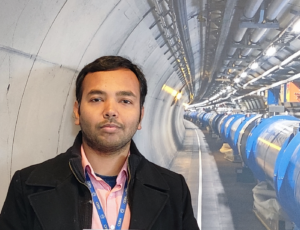
For this award, postdocs write a short article that describes their research for the general public. Interested postdocs apply to submit an article, then receive guidelines and editorial assistance to improve accessibility. Approved articles are posted on the WISL website, and the author receives a $250 award.
Islam’s article, “Navigating Anomalies in the Pursuit of New Physics” shares how particle physicists study the fundamental building blocks of the universe, exploring the complex behaviors of subatomic particles that shape our world.
“As a postdoctoral researcher, my journey is not limited to research alone,” Islam says in the article. “It comes with an important responsibility to share the wonders and experiences of scientific research with diverse communities.”
The dual mission of the Wisconsin Initiative for Science Literacy is to promote literacy in science, mathematics and technology among the general public and to attract future generations to careers in research, teaching and public service. WISL is directed by Professor Bassam Z. Shakhashiri of the University of Wisconsin-Madison Chemistry Department. Programs draw on the concepts developed by Dr. Shakhashiri during many years of innovative work in science education.
UW–Madison physicists join Simons Observatory
In the 27 years that Peter Timbie has been a UW–Madison physics professor, he has largely been able to conduct cutting-edge research in the field of the cosmic microwave background, or CMB, with just himself and a handful of graduate students or other researchers in his group.
“You can’t do that anymore,” Timbie says. “Now, CMB experiments require hundreds of people. I finally decided that I’m not going to be able to do this on my own anymore.”
Timbie’s CMB colleague, assistant professor of physics Moritz Münchmeyer, joined the UW–Madison faculty in 2021 as a member of one of those large experiments: Simons Observatory. But his membership was a carryover from his time as a post-doc, and so he lost full access once he became an independent investigator.
“Simons Observatory is the big new CMB experiment that is upcoming, and it will push the field of CMB science forward,” Münchmeyer says. “For us to do state-of-the-art CMB science in the next five to ten years, and to set us up for the future, being in Simons Observatory is very important.”
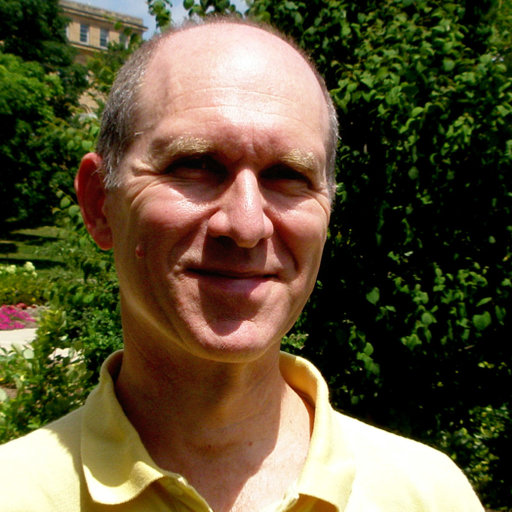
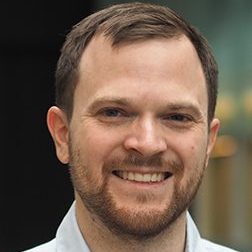
In early 2024, Timbie and Münchmeyer were accepted as institutional members of Simons Observatory, granting them and their research groups full access to the collaboration of scientists and the wealth of data that Simons offers.
Simons Observatory is currently being built in the desert of the Chilean Andes and is expected to begin operations later this year. Its main goal is the detection of primordial gravitational waves — those from the Big Bang that have never been detected before.
“Primordial gravitational waves are expected to be produced by quantum mechanical effects in the early universe. This would be the first time that we observe direct evidence for quantum perturbations of space-time,” Münchmeyer says. “But it’s not known how large these waves are, so Simons Observatory could find them — which would be sensational news — otherwise, it will set tighter boundaries and exclude a lot of models.”
Münchmeyer, Timbie and their research groups would now be collaborators on this gravitational waves research, but they also have other interests in the CMB field that membership will help them address. CMB is radiation that comes from around 300,000 years after the Big Bang and is currently the earliest light in the universe that scientists can detect. CMB telescopes, including Simons, detect light in the microwave range and measure tiny temperature and polarization fluctuations at temperatures just a few degrees above absolute zero.
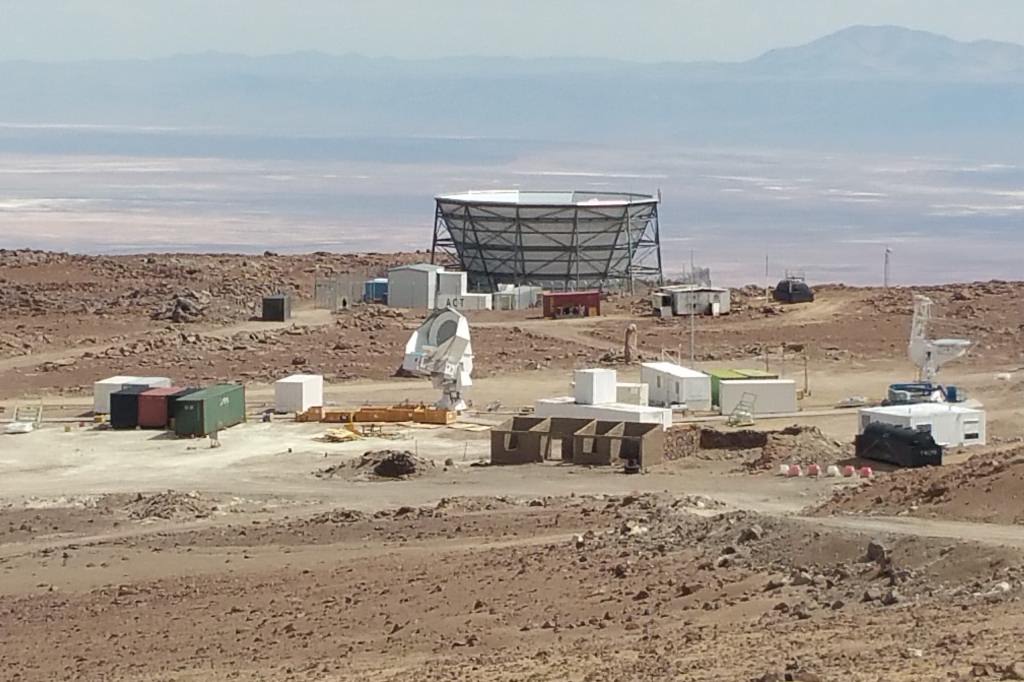
“CMB telescopes probe all the matter that this radiation encountered on its way from the Big Bang to us,” Münchmeyer says. “CMB light is scattering on charges in the universe, and then these interactions induce a change in temperature that we can measure.”
Münchmeyer and his group plan to use the new, more powerful Simons data to study two problems in CMB. First, the Simons data should be powerful enough to measure the kinetic Sunyaev–Zeldovich, or KSZ, effect, which he can use to measure the velocity field of the universe and probe properties of the primordial perturbations. Second, he plans to constrain models of inflation, which refers to the earliest times of the universe, before the so-called “hot” Big Bang.
“Inflation is where I started in cosmology ten years ago, and now Simons Observatory will have better data,” Münchmeyer says. “The interesting thing about inflation is that it happened at an energy scale that is far higher than the one a particle collider could probe, so it can probe the energy scales of grand unified theories or perhaps even quantum gravity, if a signal is found.”
Timbie, whose expertise lies in instrumentation and detector building, is looking forward to contributing to expansions of the Observatory that are already being planned. He also sees an opportunity for combining upcoming data from Simons with data from instruments he has helped design and build that study the universe closer to the present day.
“As Moritz mentioned, as the CMB travels to us from near the Big Bang, it’s distorted, but you can’t easily tell at what point during the excursion that those photons were disturbed,” Timbie says. “I’ve been working on a different experiment which is very good at mapping the universe in different slices heading back towards the Big Bang. And I think there’s a way to combine these datasets to add some information to the CMB data that would give us a very powerful tool for making large, three-dimensional maps of the Universe.”
Münchmeyer and Timbie certainly have the CMB expertise to have easily been accepted as Simons members, but membership also requires a fairly significant buy-in, which was fully supported by the UW–Madison department of physics, the Office of the Vice Chancellor for Research, and the College of Letters & Science. Their physics colleagues were instrumental in securing their membership.
“Our colleagues from accelerator physics, for example, were very supportive and pointed out that in the early days, before anyone was involved in the ATLAS or CMS experiments, the University had to buy into those collaborations,” Timbie says. “And of course, the payoff from that has been unbelievably large. The hope is maybe something similar will happen for us with the big CMB experiments.”
Of this potential, Münchmeyer adds: “After Simons Observatory, there will be the so-called CMB S4 experiment, which is the highest-ranked experiment in the new P5 Particle Physics report. The Department of Energy is very heavily investing in CMB physics.”
Simons Observatory’s Badger connections
Brian Keating, Timbie’s second graduate student, is the director of Simons Observatory; the Simons principal investigator, Mark Devlin ’88, worked with Prof. Dan McCammon as an undergraduate physics major
Tomorrow’s Quantum Hotbeds? 7 U.S. Cities That Could Incubate The Next Great Quantum Technology Ecosystem
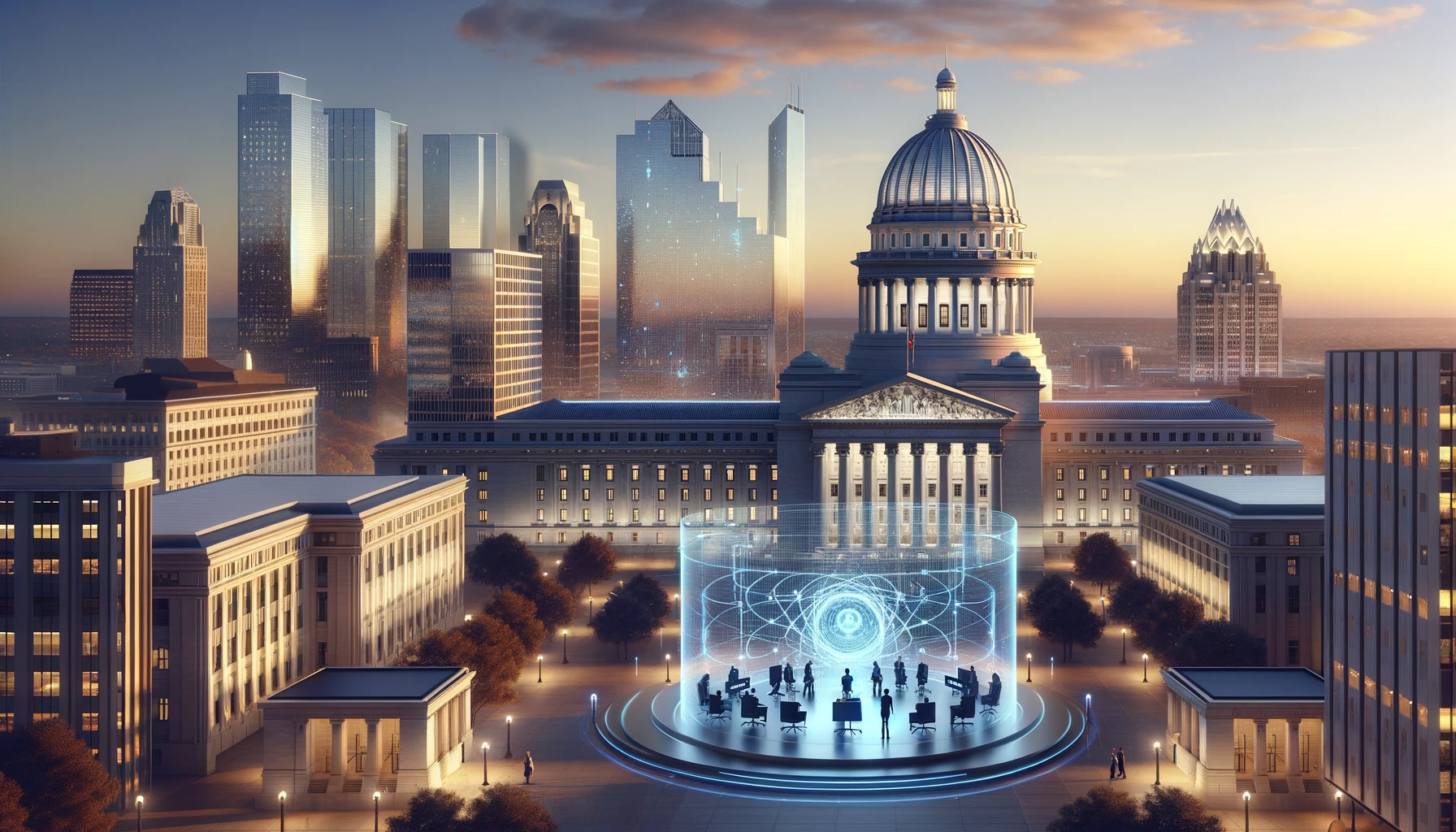 Insider Brief The U.S. is a global powerhouse in quantum research and quantum entrepreneurship with quantum ecosystems emerging in several cities and regions. However, the country has the research acumen, the thirst for entrepreneurship and governments that encourage innovation to create even more quantum ecosystems. Quantum ecosystems tend to emerge from areas where there is […]
Insider Brief The U.S. is a global powerhouse in quantum research and quantum entrepreneurship with quantum ecosystems emerging in several cities and regions. However, the country has the research acumen, the thirst for entrepreneurship and governments that encourage innovation to create even more quantum ecosystems. Quantum ecosystems tend to emerge from areas where there is […]
Haddie McLean earns Bassam Z. Shakhashiri Public Science Engagement Award
This post is adapted from one originally published by the Office of the Vice Chancellor for Research
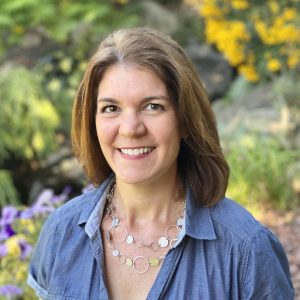
Haddie McLean, who is inspiring the next generation of scientists with The Wonders of Physics, has received the Bassam Z. Shakhashiri Public Science Engagement Award.
The award, in its second year, recognizes a UW–Madison faculty and academic staff member (one awarded to each category) who has shown excellence in engaging the public in their work in STEAM (Science, Technology, Engineering, Arts and Math). Botany professor Simon Gilroy won in the faculty category.
McLean is a UW–Madison alumna with a Bachelor of Science in Atmospheric and Oceanic Sciences. She spent over 20 years working as a meteorologist at WISC-TV in Madison, where she honed her science communication skills in front of the camera every day and earned the trust of the public. She joined the Department of Physics in August 2021 as an Outreach Specialist to present The Wonders of Physics traveling show to schools and community groups around the state.
In October 2023, she was promoted to Outreach Program Manager. In her new role, McLean oversees all aspects of The Wonders of Physics outreach program, including the large annual show on campus every February, the traveling show, and securing funding to train undergraduates in the best practices of science communication to broad audiences and expand the program.
McLean’s nominator explains, “Importantly, she shares the science behind the demos — it’s not magic, it’s physics! One of the biggest improvements Haddie has made to The Wonders of Physics is the incorporation of leave-behind kits. These kits, developed with a colleague who is a former high school physics teacher, provide inquiry-based activities related to the show, which help reinforce concepts and allow for more active learning.”
McLean is constantly developing new demos and builds most of them herself with inexpensive items, proving that science outreach doesn’t have to be pricey to be effective. She also collaborates with department outreach staff to create new exhibits for the Ingersoll Physics Museum.
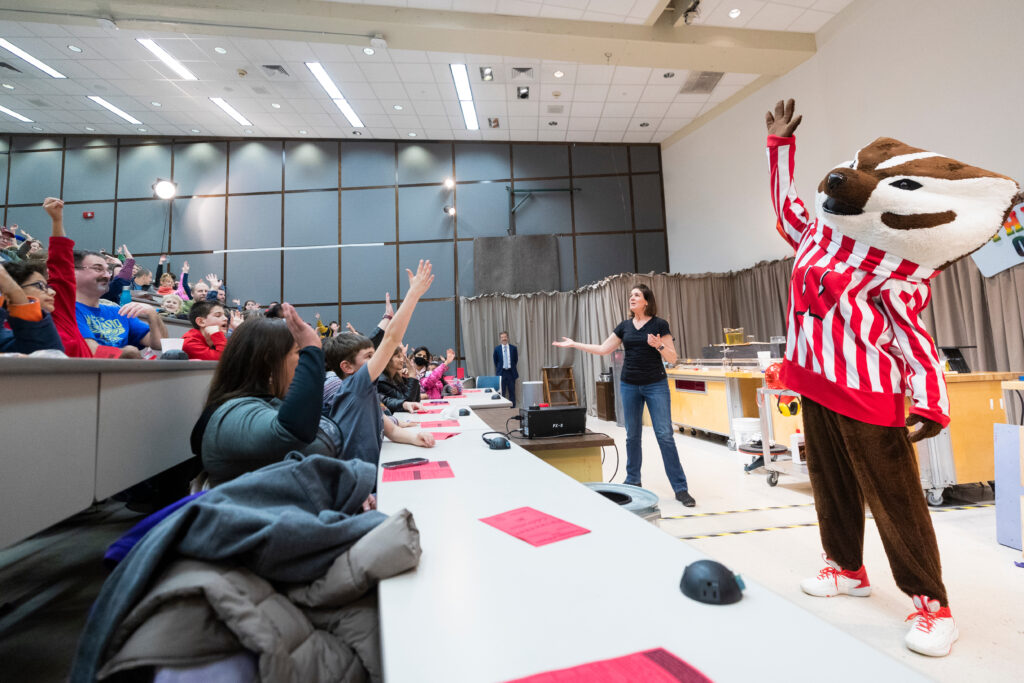
For the glass-themed 2022 WiSciFest, McLean created a “walking on broken glass” demo for a live performance on State Street. She broke and tumbled dozens of glass bottles, then filled a plastic tub with them. She first showed that the glass was sharp enough to pop a balloon, then she stepped into the tub. In a glass walk, the weight of your body is spread out over lots of pieces, which have the freedom to move. When you step on a single sliver of glass, your weight is concentrated over that one sharp point.
The audience for the Wonders of Physics shows is, as McLean says, “from pre-K to grey.” She adjusts the contents of her shows for any age and any level of familiarity with physics. She does this by relating physics to real-life concepts, showing her audience how they use physics every day and making sure that everyone knows they, too, can be a scientist if they observe and ask questions.
In addition to performance-based shows, Haddie has partnered with 4-H, UW Extension and many statewide partners to reach under-resourced communities across the state. In two years, she has visited over one-third of Wisconsin counties.
She is a strong partner of the PEOPLE program, developing summer courses for PEOPLE Summer University and traveling to Milwaukee public schools that serve PEOPLE students.
“By meeting students where they are,” her nominator says, “Haddie shows anyone that they, too, can be a physicist.”
The award is named for Bassam Z. Shakhashiri, emeritus professor of chemistry and the William T. Evjue Distinguished Chair for the Wisconsin Idea, in honor of his “Science is Fun” philosophy and long-term commitment to science education and public engagement. Shakhashiri joined the UW faculty in September of 1970 and retired in September 2021.
“Science and society have what is essentially a social contract that enables great intellectual achievements but comes with mutual expectations of benefiting the human condition and protecting our Planet,” says Shakhashiri.
The Bassam Z. Shakhashiri Public Science Engagement Award is supported by the Wisconsin Alumni Research Foundation, the Morgridge Institute for Research and UW–Madison’s Office of the Vice Chancellor for Research.
Baha Balantekin named “Outstanding Referee” of the Physical Reviews journals
This post is modified from one published by APS
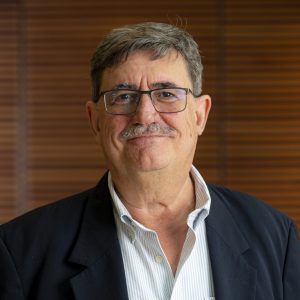
Congrats to Prof. Baha Balantekin on being named a 2024 Outstanding Referee of the Physical Reviews journals!
The highly selective Outstanding Referee program annually recognizes about 150 of the roughly 91,600 currently active referees. Like Fellowship in the APS, this is a lifetime award.
In this year, 2024, 156 Outstanding Referees were selected. APS Editors select the honorees based on the quality, number, and timeliness of their reports, without regard for membership in the APS, country of origin, or field of research. Referees are rewarded for their work carried out since 1978, the earliest year for which we have accurate data on referee reports returned. The decisions are difficult and there are many excellent referees who are still to be recognized.
The Outstanding Referee program was instituted in 2008 to recognize scientists who have been exceptionally helpful in assessing manuscripts for publication in the APS journals. By means of the program, APS expresses its appreciation to all referees, whose efforts in peer review not only keep the standards of the journals at a high level, but in many cases also help authors to improve the quality and readability of their articles – even those that are not published by APS.
Other current UW–Madison physics department members who are recipients of this honor include Mark Friesen (2023), Lisa Everett (2021), Deniz Yavuz (2013), and Thad Walker (2009).
WIPAC, UW–Madison Physics Department host after-school program
Last week, 23 participants and their family members gathered for an evening of presentations and cake as part of IceCube After School, an eight-week program hosted by the Wisconsin IceCube Particle Astrophysics Center (WIPAC). Since 2013, the annual program introduces local high school students to WIPAC research and the people who make it possible. For [...]
Read the full article at: https://wipac.wisc.edu/wipac-uw-madison-physics-department-host-after-school-program/